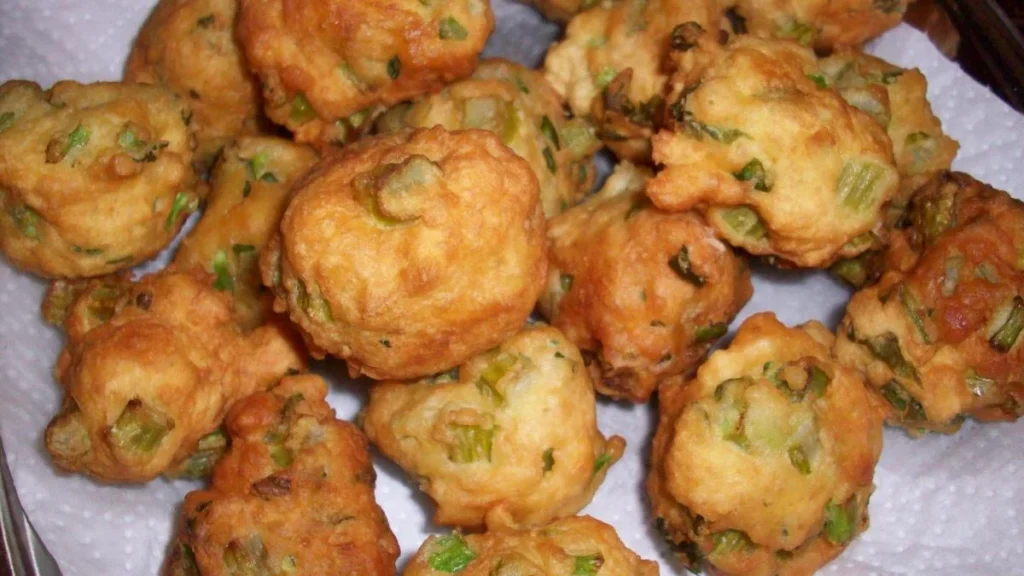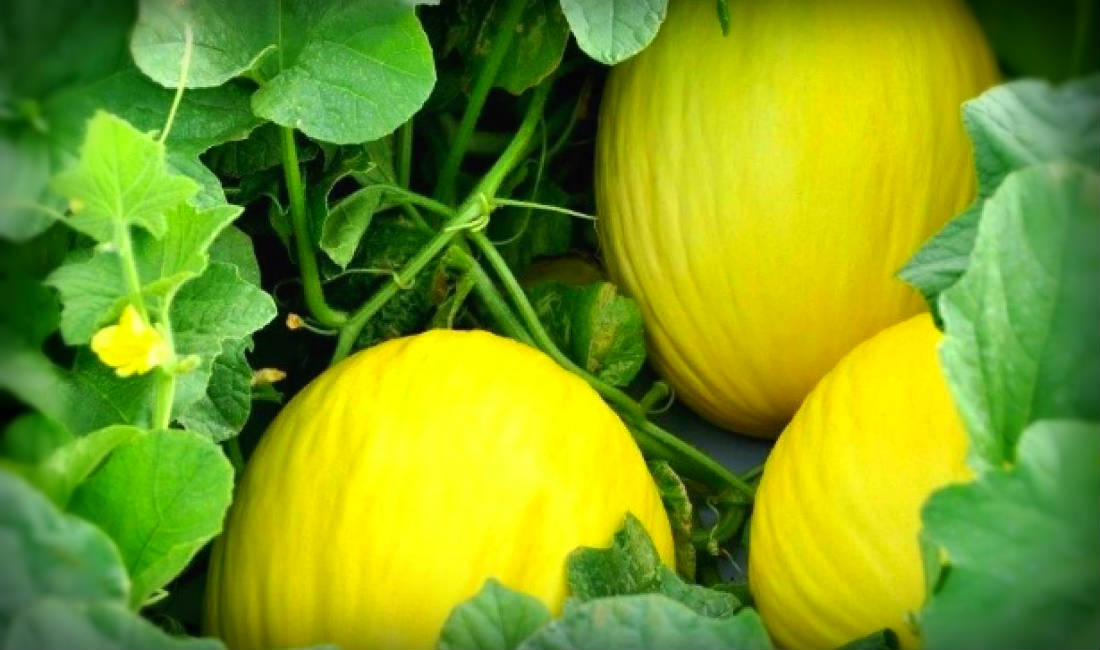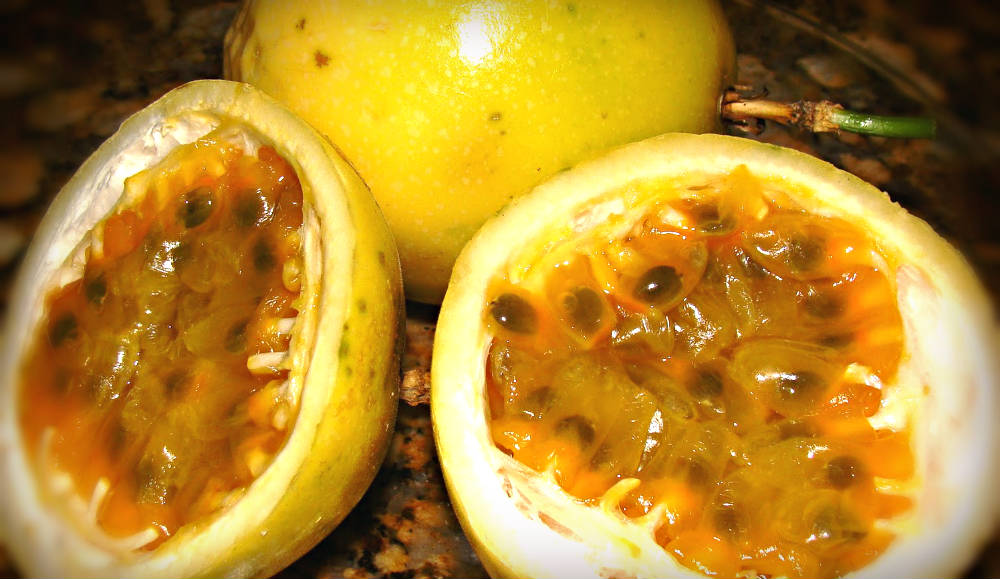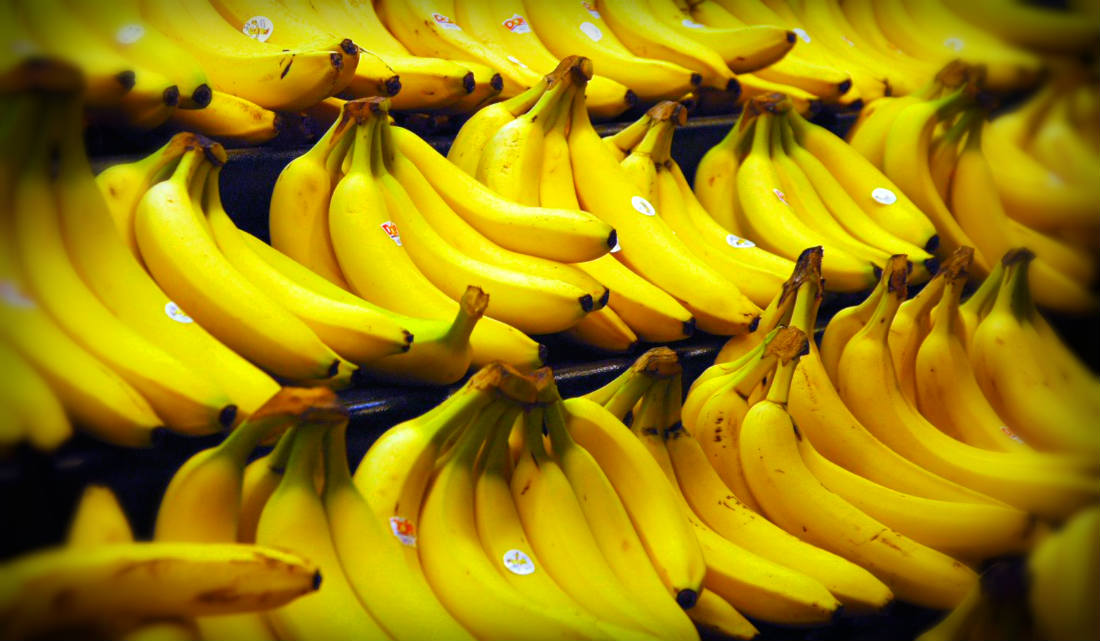Anúncios
When we think about sustainability and how to reduce food waste, we often forget that the parts of vegetables that are considered “less noble”, such as leaves and stems, can be used in tasty recipes. Transforming these ingredients into delicious cakes is a creative way to recycle in the kitchen, contributing to the environment and, of course, delighting the palate. Let’s explore how this simple recipe can bring more sustainability and flavor to your daily life.

Ingredients for Leaf and Stem Cakes
To prepare this sustainable recipe, you will need basic ingredients that you probably already have at home:
- 2 cups (tea) of washed and finely chopped leaves and stems
- 2 eggs
- 10 tablespoons of wheat flour
- 1 tablespoon baking powder
- ½ chopped onion
- Seasonings to taste
- Oil for frying
These ingredients are simple, but when combined creatively, they result in tasty and nutritious dumplings. The leaves and stems that we often discard can become the star of the dish, showing that recycling and recipes can go hand in hand.
Preparing
Preparing the leaf and stem fritters is quite simple and quick, ideal for those looking for a practical option, but who don't want to give up on flavor. The first step is to brown the onion in hot oil, which will give the stew a special flavor. Then, add the seasonings of your choice and the chopped stems and leaves. Sauté everything together until the vegetables are soft and well seasoned. Then, set this mixture aside.
In a separate bowl, beat the eggs well and mix with the wheat flour to form a dough. Next, add the sautéed leaves and stems to the dough, mixing the ingredients well. Finally, add the baking powder, mixing lightly to ensure the dumplings are light and airy.
The next step is to fry the dumplings in hot oil, using a spoon to shape small portions of the dough. Let them fry until they are golden and crispy, and then drain the dumplings on absorbent paper to remove excess oil.
Recycling in the Kitchen: Using Leaves and Stalks
One of the great advantages of this recipe is the opportunity to practice food recycling in your kitchen. Leaves and stems, which are often discarded, are actually rich in nutrients and can be used to create delicious recipes like these dumplings. By making full use of food, you reduce waste and contribute to more conscious and sustainable consumption.
Recycling food in the kitchen is a practice that benefits not only the environment, but also your health. The leaves and stems contain fiber, vitamins and minerals that are often underutilized, and by incorporating them into recipes like this, you ensure a nutritious and balanced meal.
Tips to Make Cupcakes Even Tastier
While the basic recipe is already delicious, there are many ways to customize the leaf and stem dumplings to your liking. You can experiment with different spices and herbs to add a special touch to the dough. For example, adding minced garlic to the sautéed mixture, or adding black pepper and nutmeg to the dough can enhance the flavor of the dumplings.
If you prefer, you can also bake the dumplings instead of frying them, making the recipe lighter and healthier. To do this, simply shape the dough into small portions and bake them in a preheated oven at 180°C for about 20 to 25 minutes, or until they are golden and crispy.
Another interesting tip is to vary the leaves and stalks used in the recipe. Kale, spinach, beetroot and broccoli are excellent options, each bringing a unique flavor and texture to the dumplings.
A Versatile Option for Any Moment
These dumplings are not only a sustainable solution, but also a versatile option that can be served on many different occasions. They are perfect as a snack, with a drink at a party, or as a starter for lunch or dinner. They can also be served as a main course, accompanied by a fresh salad, creating a light and nutritious meal.
Additionally, leaf and stem dumplings are an excellent way to include more vegetables in your child’s diet. Their small size and delicious flavor make them a fun and tasty way to introduce nutrient-rich foods into your child’s diet.
Contributing to the Environment with Small Actions in the Kitchen
Preparing recipes like these leaf and stem dumplings is a practical way to adopt a more environmentally conscious stance. Small actions, such as recycling food in the kitchen, make a big difference in combating waste and preserving natural resources.
By reusing parts of vegetables that would normally be thrown away, you are contributing to a more sustainable and responsible consumption chain. And best of all, this choice can result in delicious dishes, like these dumplings, that are good for the planet and your taste buds.
Wrapping Up: The Taste of Sustainability
Leaf and stem dumplings are a recipe that combines flavor, nutrition, and sustainability in a single dish. In addition to being a practical and economical option, they allow you to make the most of your food, reducing waste and contributing to a healthier environment.
Next time you have leaves and stems in the fridge, try this recipe and discover how recycling in the kitchen can be delicious. After all, taking care of the environment has never been so good!
Learn how to make other arts by recycling, Click here.
Check out interesting facts about recycling clicking here.




